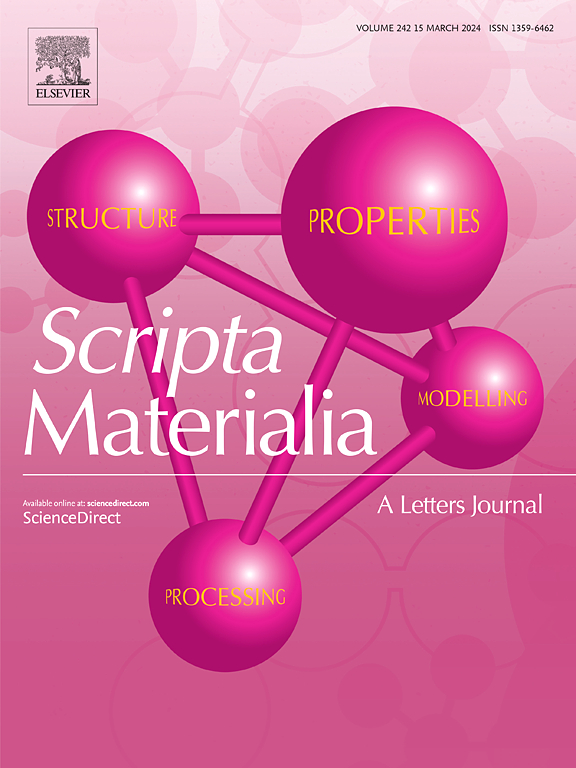A new perspective on the mechanical behavior of Inconel 617 at elevated temperatures for small modular reactors
IF 5.3
2区 材料科学
Q2 MATERIALS SCIENCE, MULTIDISCIPLINARY
引用次数: 0
Abstract
This study investigates the temperature-dependent mechanical properties of Inconel 617, a nickel-based superalloy, for small modular reactor applications. The formation of the sigma phase, driven by high chromium content during prolonged high-temperature exposure, significantly impacts the alloy's strength, creep resistance, stress rupture life, and ductility. The transition temperature for sigma phase formation is predicted to be approximately , with an uncertainty range between and , confirmed through an uncertainty analysis of elemental composition. Chromium is identified as the primary element influencing sigma phase stability. Additionally, hot tearing susceptibility during solidification is assessed, revealing that a carbon content of 0.08 wt% minimizes the cracking susceptibility coefficient to 0.425, reducing the risk of solidification cracking. These findings offer critical insights for optimizing the composition and processing conditions of Inconel 617 in laser-directed energy deposition additive manufacturing.

求助全文
约1分钟内获得全文
求助全文
来源期刊

Scripta Materialia
工程技术-材料科学:综合
CiteScore
11.40
自引率
5.00%
发文量
581
审稿时长
34 days
期刊介绍:
Scripta Materialia is a LETTERS journal of Acta Materialia, providing a forum for the rapid publication of short communications on the relationship between the structure and the properties of inorganic materials. The emphasis is on originality rather than incremental research. Short reports on the development of materials with novel or substantially improved properties are also welcomed. Emphasis is on either the functional or mechanical behavior of metals, ceramics and semiconductors at all length scales.
 求助内容:
求助内容: 应助结果提醒方式:
应助结果提醒方式:


